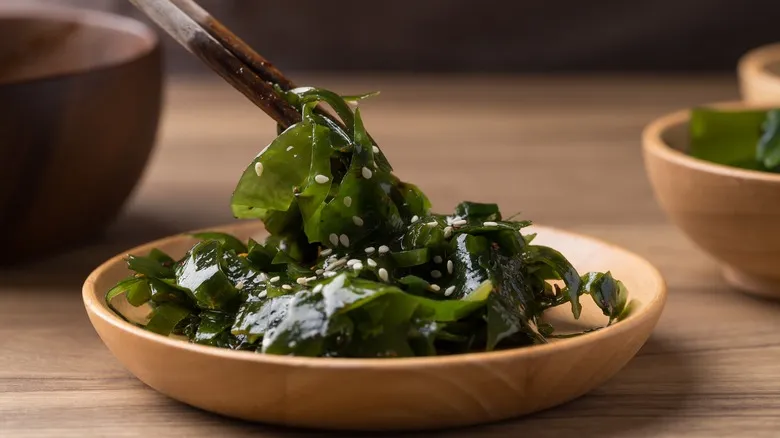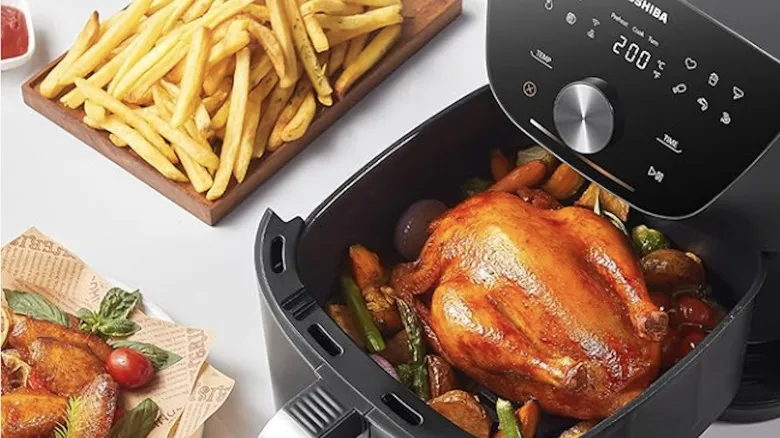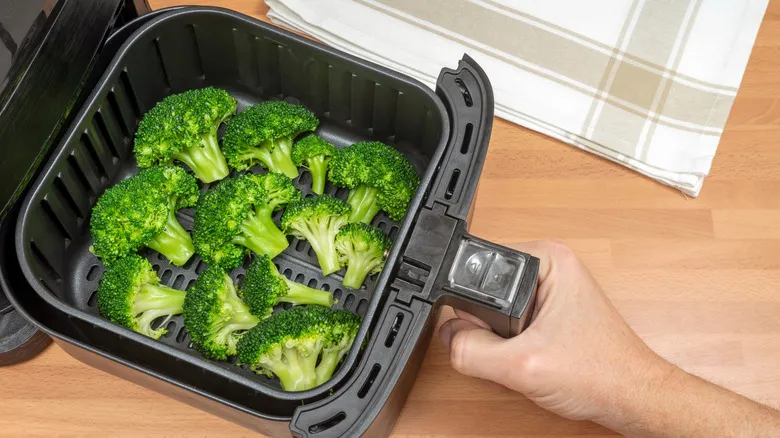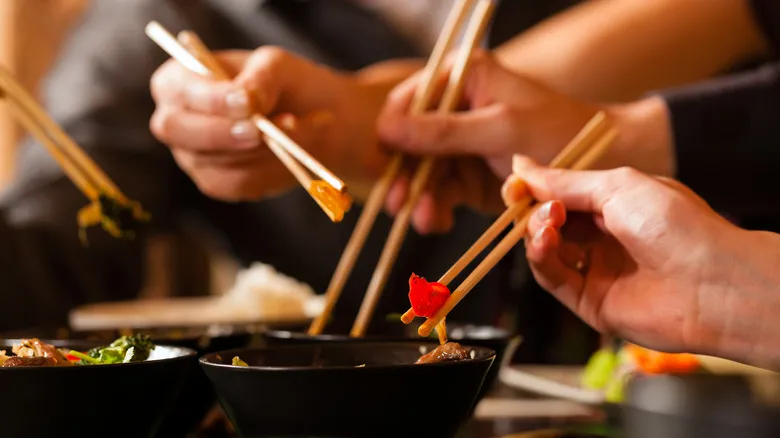Chopstick styles are influenced by the culture's customs

Mastering the skill of using chopsticks with ease can be difficult, but recognizing the subtle differences among these utensils is not—if you know what to observe. In Chinese cuisine, for instance, chopsticks are typically the longest variety. Sharing food is a common practice in Chinese culture, and the added length of the chopsticks facilitates reaching across dishes. They are generally wider and feature a blunt end, which helps in picking up larger food items.
In contrast, Japanese chopsticks are the shortest of the three types. They are thinner and are often crafted from wood or plastic. Their tapered, pointed ends allow for precise eating, which is particularly useful for dishes like fish that require descaling and deboning. One of the most distinctive aspects of Japanese chopsticks is their wide range of colors, with specific hues sometimes designated for particular occasions—black or red chopsticks, for example, are often used at funerals.
Korean chopsticks, on the other hand, are typically made from stainless steel or silver. This choice of material serves several purposes: metal can be easily sanitized through boiling, and historically, it was believed that silver would change color in the presence of arsenic poisoning. Additionally, Korean chopsticks are flatter in design, which not only minimizes material usage during production but also enhances their ease of handling.
Recommended

The Toshiba Air Fryer Lets You Prepare A Holiday Feast With Ease

The Common Mistakes That Are Preventing Your Air Fryer Foods From Getting Crispy

The Right Way To Cook Frozen Vegetables In The Air Fryer

The Secret To Baking Crispy Falafels In The Air Fryer According To A Pro
Next up

